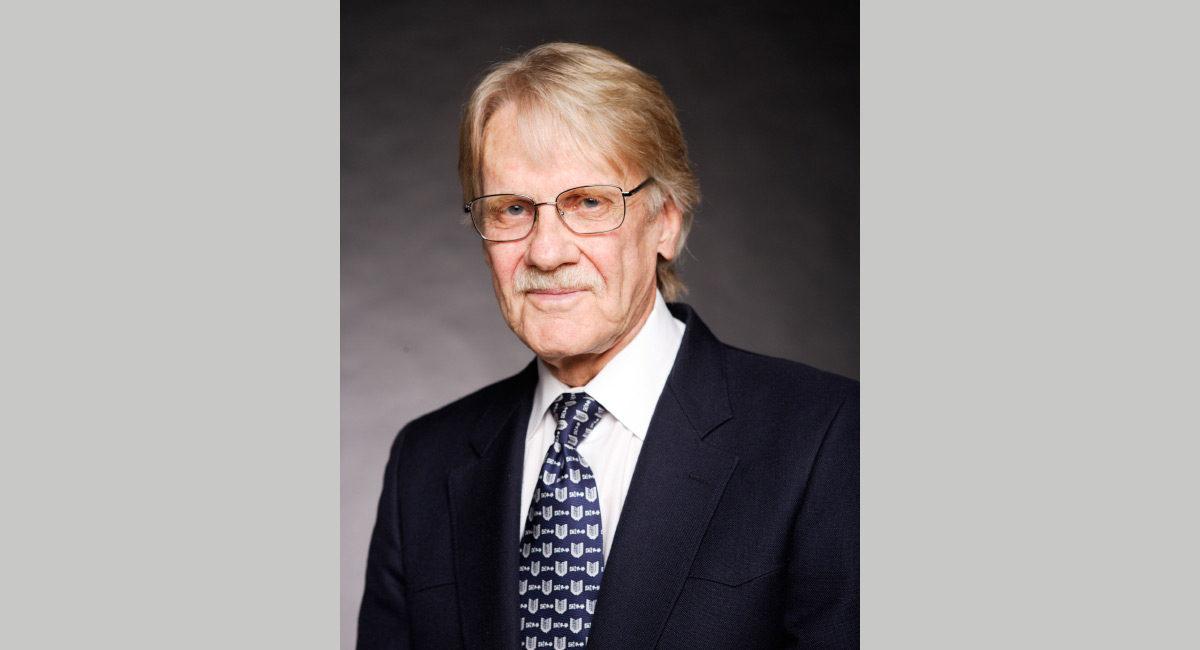The economist Vernon L. Smith was born 93 years ago today in Wichita, Kansas. After earning degrees at Caltech, the University of Kansas, and Harvard, he went on to a long, illustrious, and still-very-productive career at institutions like Purdue University, Brown University, the University of Massachusetts, Caltech, the University of Arizona, George Mason University, and now Chapman University in Orange, California, where he joined the faculty in 2008. In 2002, he shared the Nobel Prize in economics with the psychologist Daniel Kahneman, “for having established laboratory experiments as a tool in empirical economic analysis, especially in the study of alternative market mechanisms.”
Smith is the author of numerous influential academic articles and books, including his 2008 book Rationality in Economics, which expands on the arguments he makes in his Nobel Prize address “Constructivist and Ecological Rationality in Economics.” You can watch his address here.
Smith did extensive experimental research on bubbles in financial markets; in the aftermath of the financial crisis and the Great Recession, he and coauthors like Steven D. Gjerstad applied these insights to the housing crisis that contributed to the Great Recession. This led to his 2014 book (with Gjerstad) Rethinking Housing Bubbles: The Role of Household and Bank Balance Sheets in Modeling Economic Cycles, published by Cambridge University Press, in which they argue that ‘the role of housing in severe economic cycles has been largely neglected” (p. 3).
Smith’s research took a turn toward experiments in 1955, when he was teaching principles of microeconomics at Purdue University. Looking for a way to make the microeconomic theory of markets more accessible to his students, he designed an experiment in which students were randomly assigned to be buyers and sellers. Buyers were given a maximum they were willing to pay and suppliers were given a minimum they were willing to accept. To Smith’s surprise, students converged very rapidly on what the garden-variety, standard-issue supply-and-demand model predicts even though the usual assumptions of perfect competition (many buyers and sellers, free entry and exit, no transaction costs, perfect information, and so on) didn’t apply. This did two things. First, it gave Smith a new appreciation for free markets. Second, it convinced him that economics could be an experimental science.
Smith’s work touches a number of different areas, including the intersection between “Faith, Science, and Religion.” In 2018, at the age of 91, he published Humanomics; Moral Sentiments and the Wealth of Nations for the Twenty-First Century, again with Cambridge University Press, with his colleague and longtime collaborator Bart Wilson. They built on the combined insights of the “original” Smith in economics—Adam, author of The Theory of Moral Sentiments and An Inquiry into the Nature and Causes of the Wealth of Nations—and explore what we might call the two-worlds problem, following Friedrich Hayek’s insight that we inhabit at the same time both an intimate order of friends and family and an extended order of strangers.
At an age when most people would be tempted to rest on their laurels and recede from the working world, Vernon L. Smith is still working on path-breaking new research, discovering new insights, and re-discovering old ones. He is and always has been a model of a careful scholar who is willing to look beyond his narrow dismal science—which he has even been willing to reinvent when necessary.
To learn more about Vernon Smith, read his Nobel Prize autobiography.









